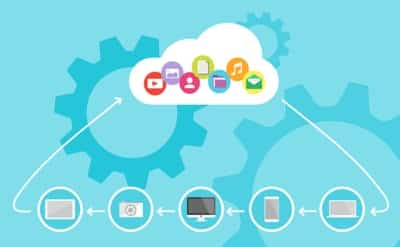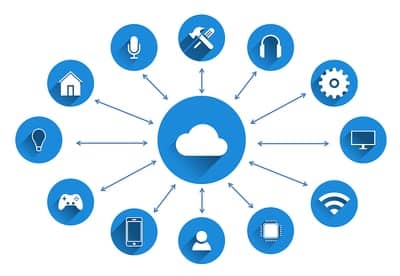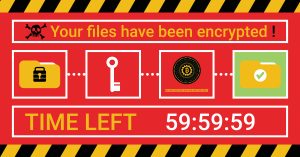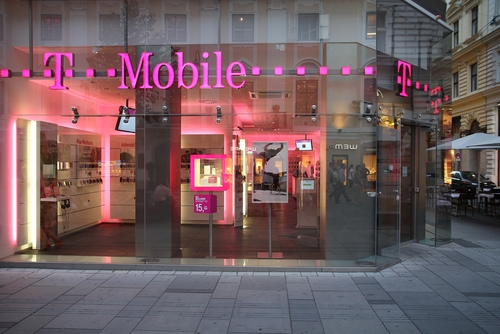Why Every Business Needs to Embrace Cloud Computing
It turns out having your head in the clouds isn’t such a bad thing. In fact, it could be the best thing if you own a business or manage IT operations. We hear a lot about how information is being stored, accessed, and analyzed using cloud-based technology these days. Most of the entertainment we consume and the messaging platforms we stay in touch with are powered by cloud-based technology.
That movie you watched at home last night and that email notification you just received on your phone probably both came through a cloud. We all already use cloud-based systems in our everyday lives. However, that doesn’t make cloud-based technology any less mysterious for the average person. What exactly is the cloud?
The average owner of a small or medium-sized business might be confused about what cloud computing is and why they need it. However, there is no question about the fact that every business does need it. Time, money, and manpower can all be saved when cloud-based solutions are used.
The bottom line is that we’re all going to have to upgrade to become cloud compatible eventually. The only question is how far behind you want to get before it’s time to make the leap. Are you ready to catch up to what’s happening in the cloud? Here’s your crash course when it comes to cloud services for business.
An Overview of Cloud Computing
What are people talking about when they refer to cloud computing? Cloud computing is a means of delivering essentially any type of computing service using the Internet. It umbrellas servers,  databases, software, storage, networking, analytics, and more. All any company needs to take part is an Internet connection. You probably already have that covered. That means that all of the files you are storing and the systems you are running using clunky servers can be transferred to a platform that can be accessed around the clock from anywhere. Entering the cloud is like removing any tethers that were holding your team back from working and communicating from anywhere.
databases, software, storage, networking, analytics, and more. All any company needs to take part is an Internet connection. You probably already have that covered. That means that all of the files you are storing and the systems you are running using clunky servers can be transferred to a platform that can be accessed around the clock from anywhere. Entering the cloud is like removing any tethers that were holding your team back from working and communicating from anywhere.
How does cloud computing look in the business landscape? A cloud-based setup can simply be used for data storage, networking, and basic office applications. In addition, a cloud-based system can be customized to use machine learning to aid in decision-making processes across an organization. What you are doing when you switch to a cloud-based system is essentially unbinding your team from the need to stay close to computer hardware.
What You Can Do With Cloud Computing?
The sky is really the limit when it comes to cloud computing. So many aspects of business operations can be handled using cloud-based technology. For instance, developers can create new apps and services on any platform using resources that ensure that all compliance requirements are being met. Cloud-based computing also makes it easy to test and build applications for your company.
 Many companies enjoy a big reduction in both the cost and time required to develop applications once they upgrade to the cloud. It’s also possible to use the cloud to protect data during transfers. Users can seamlessly share information from any device or location knowing that everything is being safeguarded. The brilliant connectivity doesn’t end there. Users with cloud access can stream audio and video from anywhere and at any time. Groups of users can also access the same content at the same time. Imagine what that could do to boost the impact of your meetings.
Many companies enjoy a big reduction in both the cost and time required to develop applications once they upgrade to the cloud. It’s also possible to use the cloud to protect data during transfers. Users can seamlessly share information from any device or location knowing that everything is being safeguarded. The brilliant connectivity doesn’t end there. Users with cloud access can stream audio and video from anywhere and at any time. Groups of users can also access the same content at the same time. Imagine what that could do to boost the impact of your meetings.
It’s important to not skip over the ways a cloud-based infrastructure can make it much easier to analyze data. This is especially true if you’re struggling to get a full picture of your data across several teams, offices, or divisions.
Cloud-based computing enables you to unify data and use all of the information you have to make smart business decisions based on the insights that have been captured. It will all be right there in front of you. Your company is falling behind if you’re not already tapping into the analytical power of today’s technology.
The Benefits of Cloud Computing
You probably already know that all major companies in the world are using cloud computing. You might be wondering why cloud computing is so desirable. The answer is that this way of storing and serving up data is fast, innovative, and flexible. Your business may be able to cut costs and enjoy custom options with help from cloud computing.
Cost
Cost is one of the big reasons why cloud computing is so preferred by businesses around the globe. You might be wondering how and why cloud computing allows businesses to save funds. The answer is that cloud services actually allow businesses to save on capital expenses. There isn’t any need to purchase expensive hardware when everything is up in the cloud. What’s more, the cost of running an on-site data center is gone. Many businesses find that productivity increases when they switch to the cloud. That’s largely because IT professionals are able to focus on more important tasks related to business goals instead of putting time and energy into maintaining data centers.
Unparalleled Speed
Getting data on demand is simply easier when you switch to cloud computing. Employees are able to access huge amounts of data instantly when cloud storage is in play. That is extremely helpful when it comes to sharing documents and files across departments or an enterprise. Cloud technology helps to streamline processes and ultimately leads to better productivity.
Customization
The needs of your business simply aren’t going to be the same as the needs of the business down the street. That’s why cloud-based storage is such a game-changer. It’s possible to enjoy a completely tailored experience that takes into account how much data you need to store and how you need to access it.
Are You Ready to Talk About the Cloud?
It’s time to bring customized, scalable cloud services for business to your business. Implementing cloud-based technology at your company is one of the best ways to move into the future and ensure that lagging, clunky technology won’t hold you back and prevent your team from getting to the next level. Network Coverage can help you to determine your needs and tailor a plan to bring the cloud to you. Contact us today.

 You’re probably familiar with malware and phishing scams.
You’re probably familiar with malware and phishing scams.  Maze
Maze On May 7, 2021, ransom-seeking hackers broke into the
On May 7, 2021, ransom-seeking hackers broke into the 


